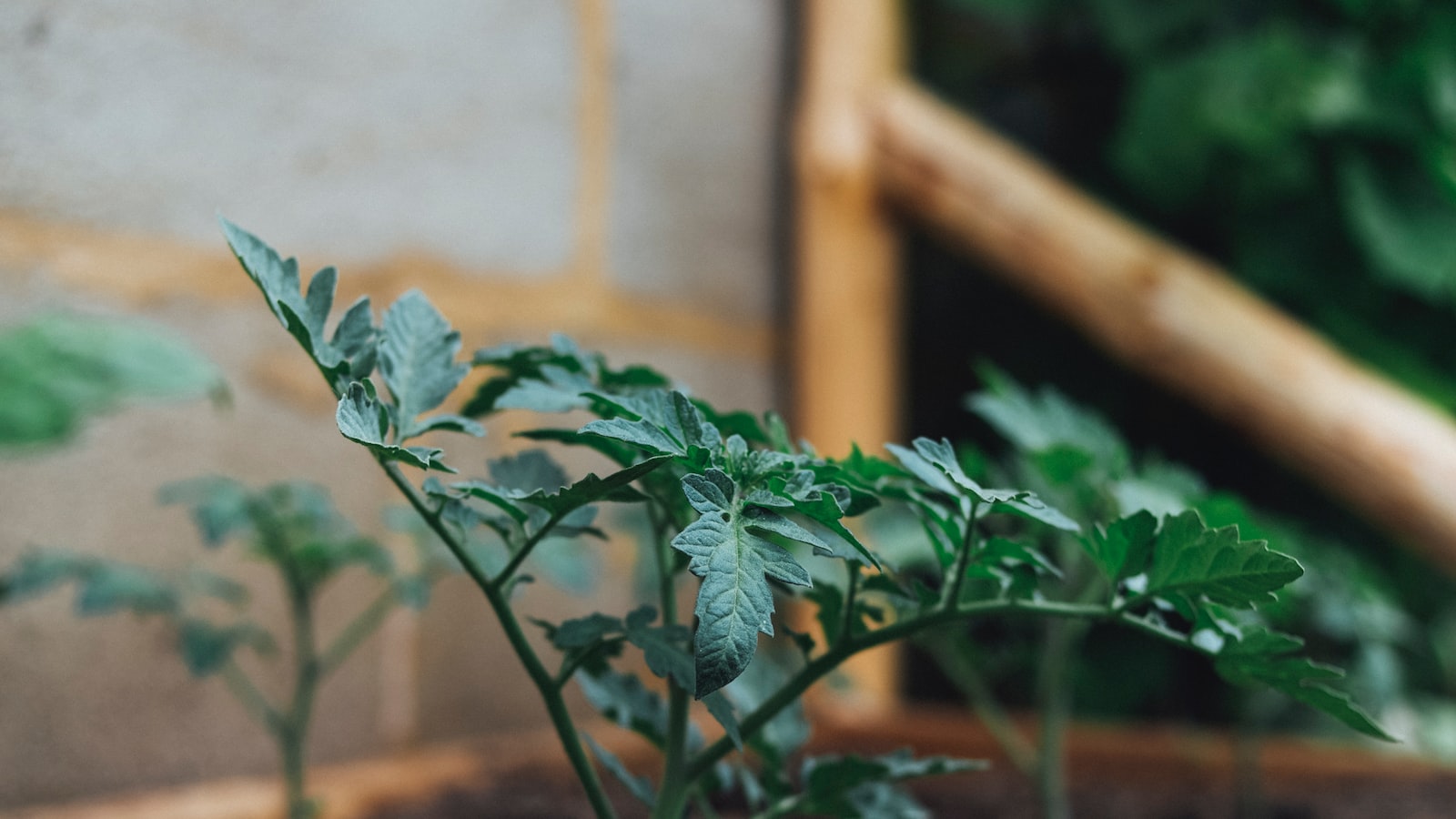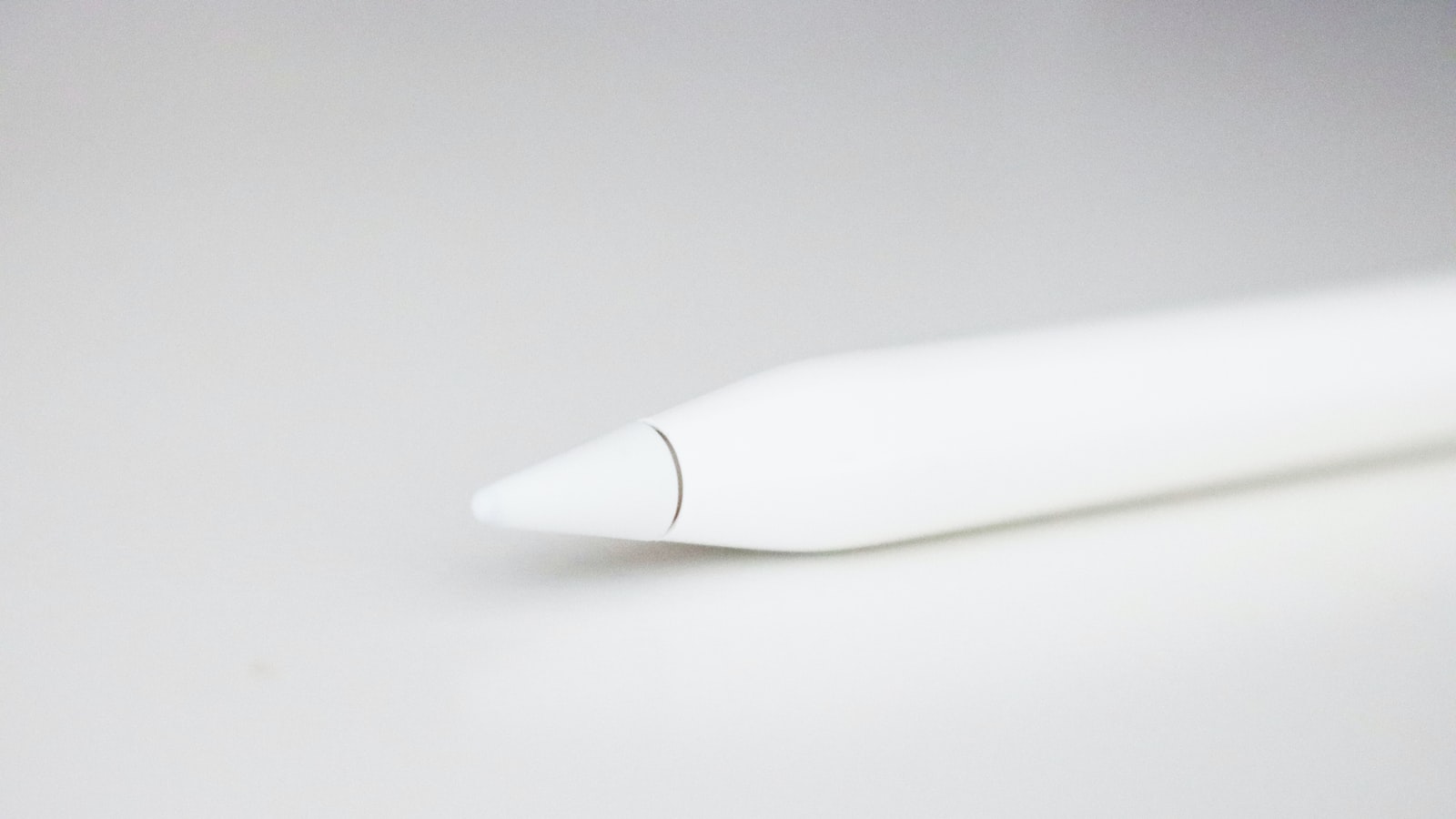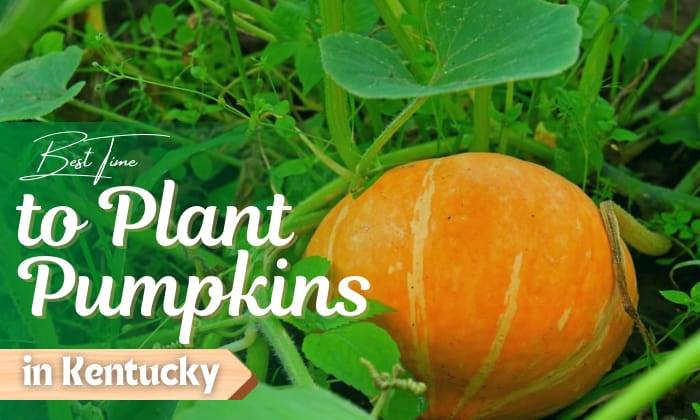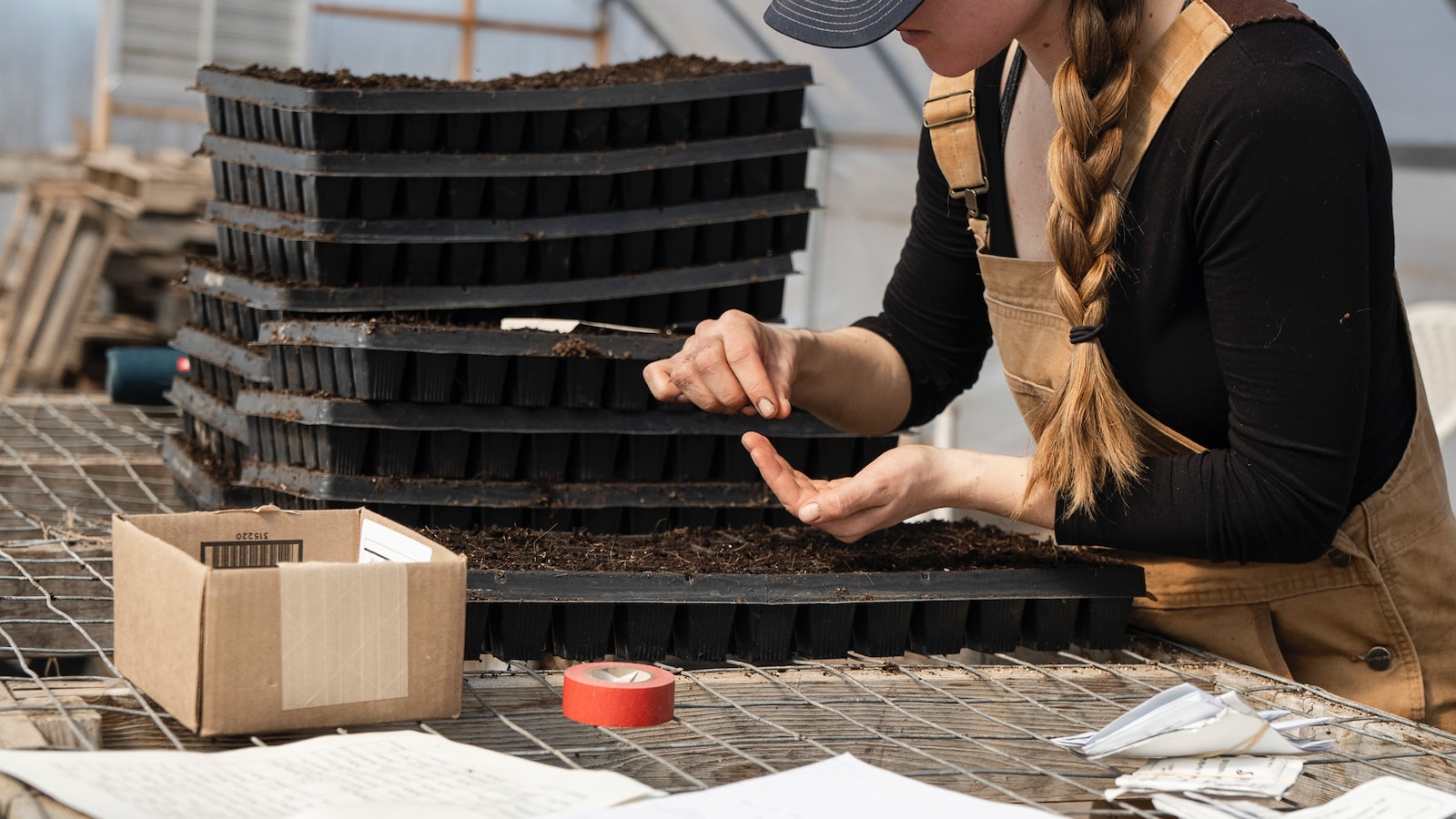Unveiling the Secrets of the Great Pumpkin: When to Plant in the Heartland
In the midst of sweeping landscapes and rolling hills, the enchanting state of Kentucky harbors a secret that only a select few have dared to explore. A secret that lies at the very root of autumn’s most beloved icon—the majestic pumpkin. As the vibrant colors of summer fade, it’s crucial to know the precise moment to sow the seeds of these legendary gourds, ensuring a bountiful harvest come fall. Join us on a journey through the enchanting lands of Kentucky as we uncover the hidden whispers of the pumpkin patch and unravel the mystery of when to plant pumpkins in the heartland. Discover the tantalizing tale that has hooked the curious minds of gardeners and enthusiasts across the globe. Settle in, dear reader, for this article will transport you to a realm where the time-honored delicacy of pumpkin pie and the whispers of nature converge. So get ready, pumpkin lovers of Kentucky, as we embark on an odyssey to uncover the sacred secrets of pumpkin planting.
Best Time to Plant Pumpkins in Kentucky
One of the most beloved fall activities in Kentucky is pumpkin picking, but it all begins with planting the perfect pumpkin patch. If you’re a proud resident of the Bluegrass State and eager to grow your own pumpkin patch, timing is everything. So, when is the ? Let’s dive into the world of pumpkin planting and find out!
As a general rule of thumb, the ideal time to plant pumpkins in Kentucky is between late May and mid-June. This timeframe allows the pumpkin seeds to germinate and establish roots in the warm, fertile soil before the hot summer temperatures hit. However, the specific dates can vary depending on the weather conditions and the pumpkin varieties you choose. It’s always a good idea to check the local weather forecast and consult with expert gardeners in your area to determine the optimal timing for planting your pumpkins.
Now, let’s talk about some essential features and tips for successful pumpkin planting in Kentucky. Check out this handy table for quick reference:
| Feature/Tips | Description |
| Choose the Right Variety | Pick pumpkin varieties suited for Kentucky’s climate and growing conditions, such as Kentucky Field, Big Max, or Sugar Pie. |
| Prepare the Soil | Ensure your soil is well-drained, rich in organic matter, and has a pH level between 6.0 and 7.5. Consider adding compost or manure for enhanced fertility. |
| Sun and Space | Select a sunny spot in your garden with at least 6-8 hours of direct sunlight per day, and provide enough space for your pumpkin vines to spread out. |
By following these tips and planting your pumpkins at the right time, you’ll be well on your way to a bountiful harvest of vibrant, Kentucky-grown pumpkins to enjoy during the enchanting autumn months. Happy planting!

Factors to Consider for Planting Pumpkins in Kentucky
Pumpkin enthusiasts in Kentucky eagerly await the perfect time to start their pumpkin planting journey. Choosing the ideal moment to sow these vibrant orange beauties is crucial for a bountiful harvest. Here are some key factors to consider when determining when to plant pumpkins in the Bluegrass State.
1. Frost-Free Date: It’s essential to wait until after the danger of the last frost has passed before planting pumpkins. In Kentucky, the average last frost date varies across regions, ranging from late April to early May. Be sure to check your specific location’s frost-free date to ensure your pumpkin seedlings won’t be subjected to any chilly surprises.
2. Soil Temperature: Pumpkins thrive in warm soil, so it’s vital to monitor its temperature before planting. Ideal soil temperatures range between 60°F and 85°F (15°C – 29°C) for successful germination. Use a soil thermometer to measure the temperature at a depth of 4 to 6 inches (10-15 cm), ensuring your pumpkin seeds have a cozy environment to sprout.
| Tips | Features |
|---|---|
| Provide ample space between each pumpkin hill to allow for proper vine growth. | Ample Spacing |
| Water the pumpkin plants deeply once a week, ensuring the soil remains consistently moist. | Proper Watering |
| Consider planting pumpkins with different maturity dates to extend your harvest season. | Varied Maturity Dates |
| Tips | Features |
|---|---|
| Choose a sunny location for your pumpkin patch as they require at least 6-8 hours of direct sunlight daily. | Sun Exposure |
| Improve soil drainage by adding organic matter, such as compost or well-rotted manure, to prevent waterlogging. | Good Drainage |
| Consider using a trellis to support the heavy fruit and prevent damage to the vines. | Trellis Support |
Remember, successful pumpkin planting in Kentucky requires careful timing and attention to these crucial factors. By keeping an eye on the frost-free date, monitoring soil temperature, and implementing the aforementioned tips, you’ll soon be on your way to growing plump pumpkins that will delight both young and old come harvest time. So roll up your sleeves, grab those pumpkin seeds, and let the pumpkin-patch magic begin!
Tips for Successful Pumpkin Planting in Kentucky
Looking to grow pumpkins in the beautiful state of Kentucky? Here are some valuable tips to ensure a successful pumpkin-growing season in the Bluegrass State!
- Wait until all danger of frost has passed before planting your pumpkin seeds. Ideally, this is around mid to late May.
- Choose a sunny location, as pumpkins thrive in full sunlight.
- Prepare the soil by adding compost or well-rotted manure. Pumpkins prefer well-drained soil, so be sure to mix in some sand or perlite if your soil tends to retain water.
- Sow your pumpkin seeds directly into the soil, about 1 inch deep and 2 to 3 feet apart. If you’re planting multiple hills, space them at least 6 feet apart.
- Water your seeds thoroughly after planting, and keep the soil consistently moist throughout the growing season. However, be cautious not to overwater, as pumpkins dislike soaked roots.
- Consider using a layer of mulch around your pumpkin plants to help retain moisture and prevent weed growth.
n id="Features_and_Tips_for_Successful_Pumpkin_Planting">Features and Tips for Successful Pumpkin Planting:
| Feature/Tips | Description |
|---|---|
| 1. Companion Planting | Plant marigolds, nasturtiums, or herbs like dill, parsley, or oregano near your pumpkins to help repel pests and attract beneficial insects. |
| 2. Proper Pollination | Consider hand-pollinating your pumpkin plants by transferring pollen from male flowers to female flowers using a small brush or cotton swab. This technique can help improve fruit set and increase the chances of bumper harvests. |
| 3. Regular Maintenance | Regularly prune your pumpkin vines to redirect the plant’s energy towards fruit development. Remove any damaged or diseased foliage to prevent the spread of diseases. |


